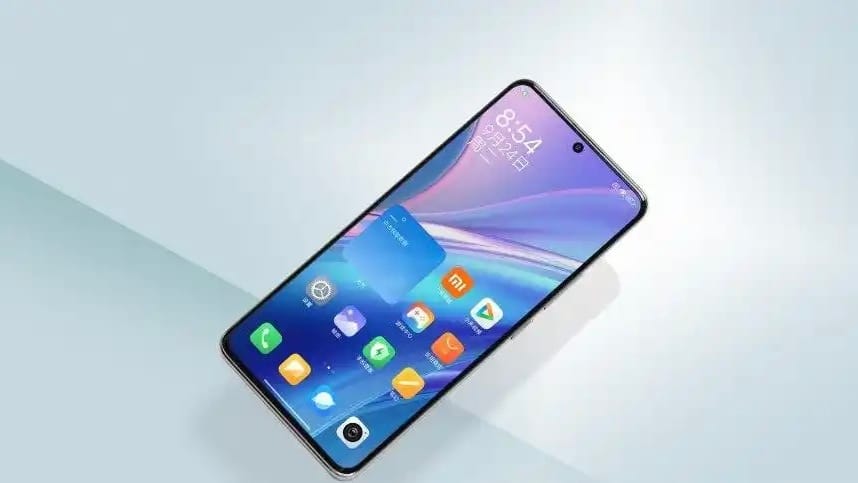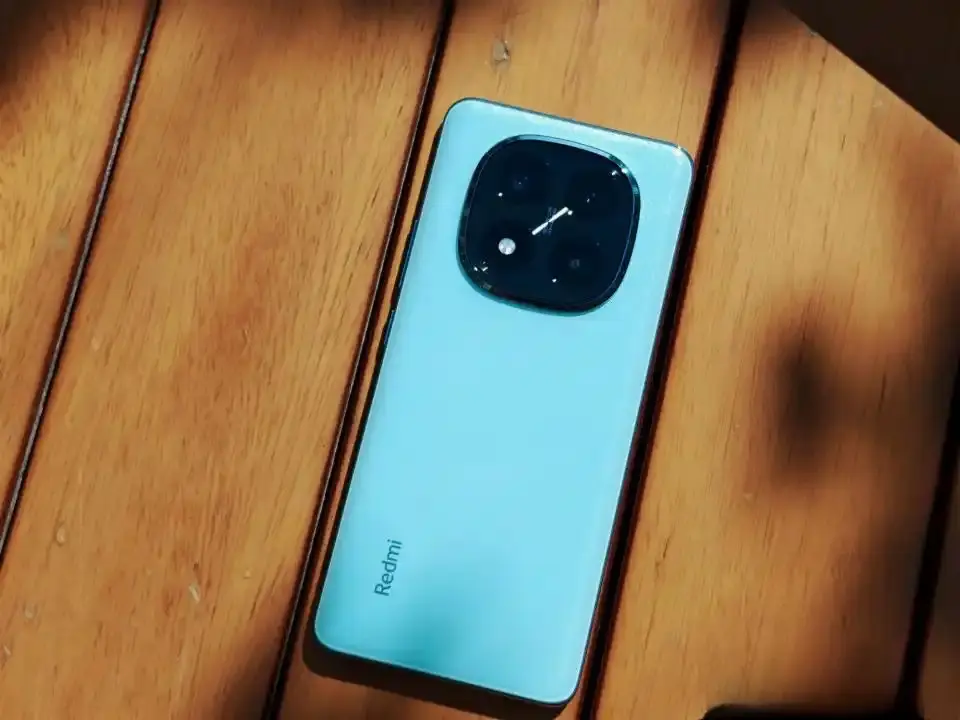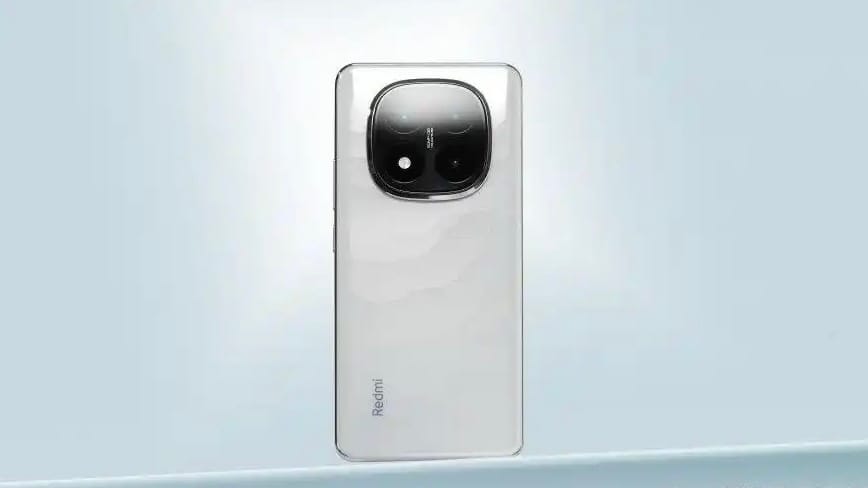As smartphone innovation increasingly concentrates on the high-end, a remarkable shift is taking place: the technological barriers that were once exclusive to flagship models are collapsing.
As the mid-range market becomes a battleground for global mobile phone manufacturers, the Redmi Note series, a national product line with cumulative global sales exceeding 300 million units, is about to launch a revolution of technology accessibility with the Redmi Note 15 Pro as its carrier.
For example, when an equal-depth quad-curved screen and a portrait telephoto lens appear at the same time on a mid-range phone priced below ₹25000 the competition rules of the entire industry will be rewritten.
For those who have a low budget, the new phone is still very attractive, so without further ado, let’s take a look at the specific information.

According to the bloggers, the front of the Redmi Note 15 series will not adopt a straight screen design, but will adopt an equal-depth four-curved screen with a resolution of 1.5K (2712×1220 pixels).
The slightly curved arcs on the four sides, combined with the equal-depth curves at the four R corners, completely eliminate the visual fragmentation of the “cat ears” of traditional curved screens.
The key is that this design will greatly improve the feel of the device. Not only do you not have to worry about it feeling uncomfortable, you also don’t have to worry about accidental touches during operation.
At the same time, the Redmi Note 15 Pro screen supports 120Hz adaptive refresh rate, combined with high-frequency eye-protection PWM dimming technology to meet the basic usage needs of users.

The upgrade of the imaging system in the Redmi Note 15 Pro has also overturned the industry’s perception. The new phone is expected to be equipped with a telephoto lens that supports 3x optical zoom, combined with OIS optical image stabilization, which will completely rewrite the history of mid-range phones with “main camera but no telephoto camera”.
Users can capture architectural details or stage close-ups without paying for flagship products. Combined with the algorithm optimization of Xiaomi’s imaging brain, the Redmi Note 15 Pro telephoto success rate may be significantly close to that of flagship models.
The specifications of the main camera have also seen a leap forward. The introduction of OmniVision OV64B or Sony IMX890 sensors (1/1.56-inch large bottom) has greatly improved the photosensitivity2.
What is more worthy of attention is the decentralization of algorithms – AI-based scene recognition optimization can automatically enhance edge image quality when zooming, and the “telephoto night scene mode” breaks through the low-light limitations through multi-frame synthesis, allowing ordinary users to easily take professional-level portraits.

Secondly, as a new smartphone aimed at the budget-friendly ₹10,000–₹15,000 segment, it’s not expected to compromise on core specifications. For instance, it’s likely to come powered by the MediaTek Dimensity 8300-Ultra chipset.
Although the Dimensity 8400 processor has been popularized, the Note series will not adopt models with particularly high positioning.
This chip can not only lower the price of new phones, but also run mainstream games smoothly, and even the power consumption in daily use is not high.
Starting with an 8GB+256GB storage combination, and expected to have a built-in 6000mAh battery and 90W fast charging, it can easily meet basic user needs.

Then, HyperOS 2.0 comes pre-installed at the system level, supporting smooth multi-device collaboration with Xiaomi tablets and watches, bringing a full ecosystem experience even to mid-range users.
In terms of detail polishing, the addition of IP68/69 dust and water resistance, full-function NFC, and X-axis linear motor confirms Redmi’s product philosophy of “democratizing the flagship experience.”
The key point is that, as per multiple sources, the Redmi Note 15 Pro is expected to be priced between ₹17,000 and ₹22,000. This pricing strategy is highly impactful — because in this range, very few smartphones offer such a well-balanced mix of features and performance.
After all, new phones from rivals are basically still centered around large batteries or extreme performance, with little focus on details and imaging.

In fact, the Redmi Note 15 series combines an equal-depth quad-curved screen, flagship-level telephoto and Dimensity 8300-Ultra into a mid-range phone priced at ₹22000 .
It not only completed a product iteration, but also a paradigm revolution in technology accessibility. That is, mid-range phones will bid farewell to the fate of “parameter castration” and begin to carry innovations that truly change the user experience.
This transformation, driven by the maturity of the supply chain and brand ambition, proves that the ultimate meaning of technology is not to build high walls, but to allow every pair of hands to touch the future.
In the future, as more “flagship exclusive” technologies continue to penetrate the mainstream, the boundaries of devices in consumers’ hands will continue to disappear. This is one of the reasons why the wait-and-see party will never lose.


